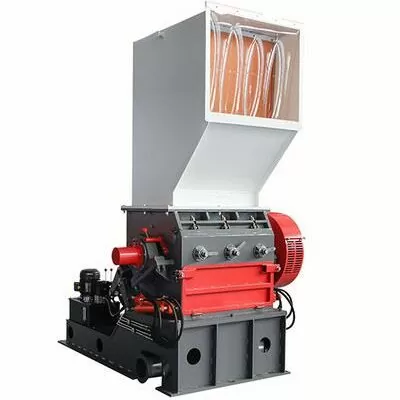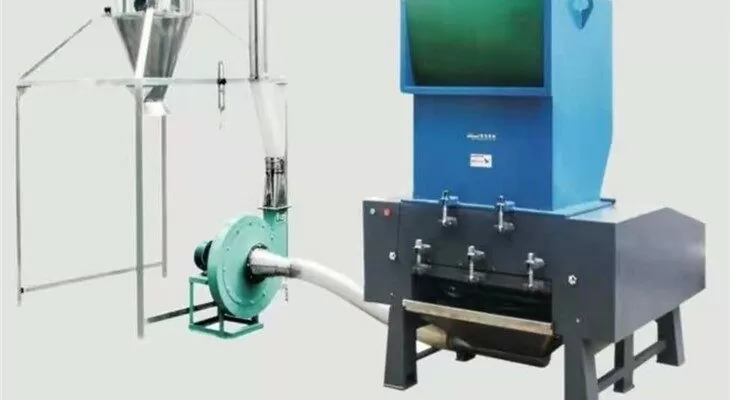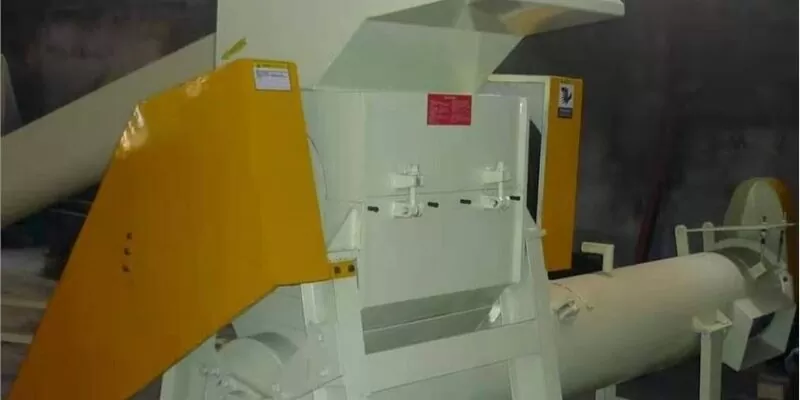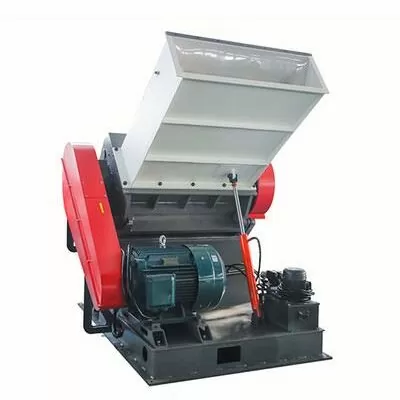I’ve seen messy recycling yards. Shredders groan all day. Untreated plastics pile up. Waste mountains grow. It’s a problem. It clogs our planet. It slows production. It hurts profits. That’s why I care. I feel the pain of factories. I see high costs. Then I stumbled on a simple fix. A granulator. It turns chaos into uniform pellets. It solves throughput nightmares. It trims energy bills. It streamlines downstream processes. It makes recycled plastics shine again.
A plastic granulator works by feeding plastic scrap into a chamber. Sharp, rotating knives cut the material into small chips. Screens then size the chips into uniform granules. The whole process runs continuously. It outputs ready-to-use plastic pellets in one smooth operation.
I promise this post won’t bore you. I keep it light. I keep it swift. Let’s dive.

What are the main components of a granulator?
A granulator has a feed hopper. That’s where we load the scrap.
A rotor sits below. It spins at high speed.
Sharp knives attach to the rotor. They slice through plastic.
Fixed knives sit opposite. They hold the rotor knives steady.
A screen surrounds the rotor assembly. It only lets small chips pass.
A motor drives the rotor. It needs enough power.
Power ratings often exceed 15 kW
Motors vary by throughput. Typical machines handle 200–800 kg/h
What materials can be processed?
Granulators handle rigid plastics.
They chew up bottles. They shred pipes.
They tackle feedstock from injection molding.
They process sheets and profiles.
Some machines handle soft plastics too.
But too-flexible polymers can clog blades.
Blade clearance matters.
Typically set at 1–3 mm
We also feed rubber and wood composites.
What factors affect granulation efficiency?
Knife geometry plays a role.
Sharper blades cut cleaner.
Blade angle sets chip size.
Rotor speed matters.
Higher RPM yields finer granules.
But power draw climbs.
Screen hole diameter dictates output size.
Smaller holes mean finer chips.
But throughput slows.
Feed rate must match rotor speed.
Overfeeding gums up the works.
Underfeeding wastes energy.
Optimal feed gives 90% efficiency

How do I choose the right screen size?
First, ask your end user.
Injection molders prefer 2 mm granules.
Extruders like 1 mm chips.
Blow molders need 3–5 mm flakes.
Screens come in round or multi-hole designs.
Material thickness influences hole shape.
Heat buildup can expand holes.
Use stainless steel screens for longevity.
Change screens quickly for batch work.
Keep extras on hand.
A worn screen ramps noise by 5 dB.
What maintenance does a granulator need?
I inspect blades daily.
I check clearance with feeler gauges.
I sharpen or rotate blades weekly.
I clean the chamber monthly.
I replace screens every quarter.
I grease bearings as recommended.
I observe motor current spikes.
They warn of jams.
I log maintenance.
Data shows 30% fewer breakdowns.
I train operators on safety.
How do safety measures play in?
Granulators bite.
I install safety hoppers.
They prevent hand access.
I use interlocks.
They cut power if doors open.
I fit emergency stops.
I teach lockout/tagout.
I ensure operators wear gloves.
I mount sound insulation.
Operation noise can hit 85 dB.
I review safety audits annually.

Can granulators handle mixed plastics?
Mixed streams create color streaks.
They can wear blades unevenly.
They require robust rotors.
We sometimes add magnetic separators.
They remove metals first.
Optical sorters boost purity.
Low-shear granulators work better on mixed batches.
They apply less heat to avoid melting.
A pre-shredder stage helps.
How to integrate granulators into production lines?
I mount granulators after shredders.
They feed directly into extruders.
I use conveyors or vacuum loaders.
I sync feed rates electronically.
I connect controls via PLCs.
I monitor granule quality online.
I automate screen changes.
I program alerts for wear.
Integration can cut labor by 40%.
What are common troubleshooting tips?
If chips stick, check screen holes.
If motor draws high amps, inspect for jams.
If granules heat up, reduce feed rate.
If noise spikes, sharpen blades.
If vibration increases, balance the rotor.
If throughput drops, change screens.
If fines increase, check knife clearance.
Keep a log.
Patterns reveal root causes.

How do future trends shape granulation?
Circular economy drives innovation.
We explore water-cooled rotors.
We test variable-speed drives.
Smart sensors are coming.
They predict blade life.
IoT links machines globally.
Predictive maintenance saves millions.
Sustainability demands closed loops.
Granulators will adapt.
How can I optimize energy consumption?
I match motor size to workload.
I avoid oversizing.
I run at lower speeds when possible.
I install soft starters.
They lower inrush current.
I use VFDs for variable torque.
I monitor kWh per ton.
Data shows 15% savings.
I reclaim heat in cold climates.
Conclusion
I’ve unpacked granulator magic.
From knives to screens.
From maintenance to future trends.
You now know the core.
Use it wisely.
Granulation fueling your recycling success.
